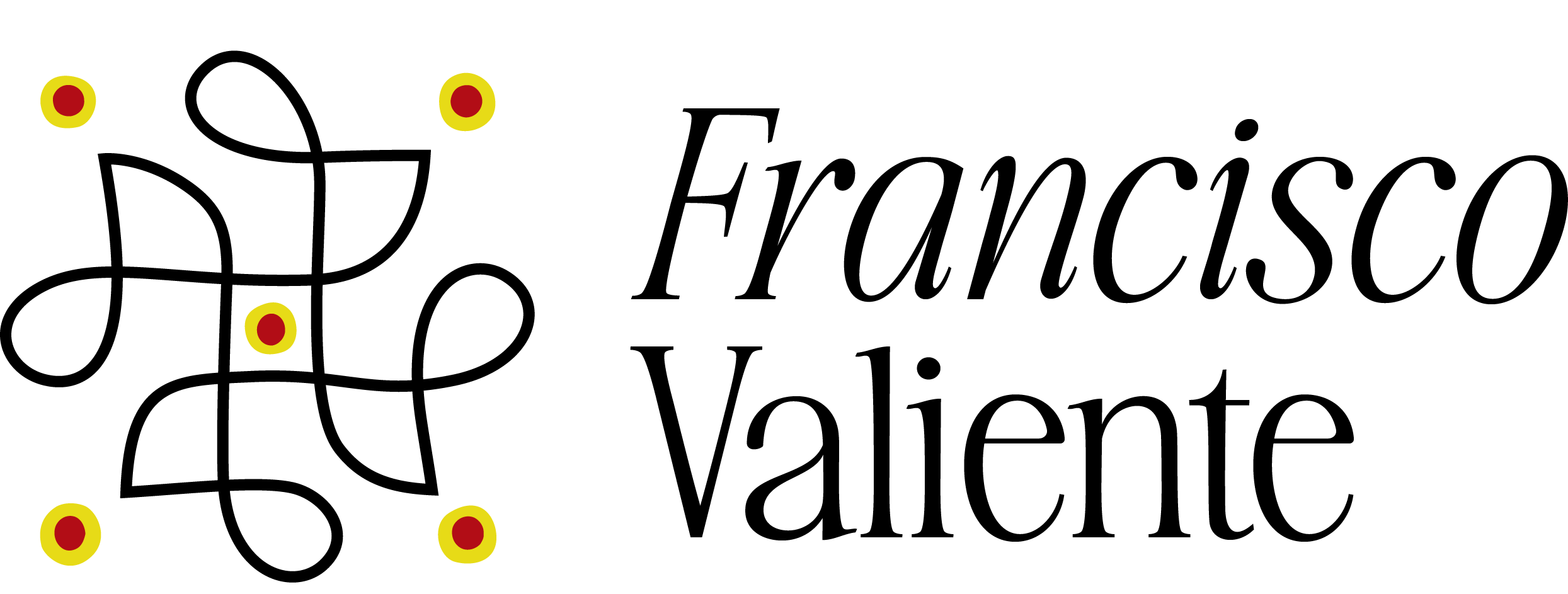
Bharatanatyam: The Dance of the Temples. Art, Expression, and Movement
Bharatanatyam: A Timeless Dance of Devotion and Art
Bharatanatyam is one of the oldest and most revered classical dances of India, deeply rooted in the cultural and spiritual heritage of the country’s south. Originating in the state of Tamil Nadu, this art form has served for centuries as a medium to narrate mythological stories and convey spiritual teachings. Today, Bharatanatyam is not only preserved and celebrated in India but has also captivated audiences worldwide through its perfect blend of technique, expression, and symbolism.
History and Origins
Bharatanatyam was born in the temples of Tamil Nadu, where it was performed by the devadasis—women consecrated to the deities—who used dance as a form of worship. These guardians of cultural tradition offered their performances as sacred rituals, making dance an essential part of religious ceremonies and festivals.
With the advent of the colonial era, the devadasi institution was stigmatized, and Bharatanatyam went into decline. However, in the 20th century, visionaries such as E. Krishna Iyer, a lawyer, freedom fighter, and passionate promoter of Indian arts, played a crucial role in preserving and popularizing the dance, advocating for its recognition as a respected art form. Building on these efforts, Rukmini Devi Arundale founded the Kalakshetra Foundation in Chennai in 1936, an institution dedicated to the systematic training, preservation, and propagation of Bharatanatyam in its purest form. Under her leadership, the dance was adapted into a refined stage presentation suitable for both national and international audiences, while maintaining its deep spiritual essence.
Essential Elements of Bharatanatyam
Bharatanatyam combines technical precision with deep expressiveness. Its three fundamental pillars are:
- Nritta (pure dance): rhythmic and geometric movements with no narrative content, showcasing technical skill.
- Nritya (expressive dance): combines the precision of Nritta with gestures and facial expressions to tell a story.
- Natya (dance-drama): integrates dramatic interpretation, portraying scenes from Hindu mythology with changes of character and emotion.
These are enriched by Abhinaya, the art of conveying emotions through gestures (mudras), eye movements, and bodily expression—bringing life and depth to the dance.
Costume and Symbolism
The Bharatanatyam costume is as beautiful as it is meaningful. It usually consists of a sari adapted to allow freedom of movement, highlighting the dancer’s grace. Bright colors—red, green, gold—evoke divine and symbolic aspects. Jewelry, the tikka, bangles, earrings, and a waist belt complete the look, adding a ritualistic character.
Makeup, especially the bold eye lining, enhances facial expressions, while ghungroo (ankle bells) mark the rhythm and enrich the auditory experience.
Music and Rhythm
Bharatanatyam is accompanied by Carnatic music, a classical tradition of South India. Instruments such as the mridangam, veena, and cymbals set the pulse, while the tala (rhythmic cycle) and recited syllables (solkattu) guide the dance with mathematical precision.
Global Presence and Projection
Today, Bharatanatyam is a cultural emblem in India and a cherished art worldwide. It is taught and performed in both traditional and contemporary festivals and academies. For the Indian diaspora, it has been a way to preserve a connection with their roots, while inspiring artists from other cultures to incorporate its elements into their works.
While some masters safeguard its classical purity, others explore fusions and modern themes, keeping this millennia-old tradition alive and relevant.
An Art that Transcends Time
Bharatanatyam is not mere entertainment—it is devotion in motion. Through it, stories of divine love, ethical values, and spiritual visions are told. Today, it is also used to express social messages, such as gender equality or environmental awareness.
This dance bridges the sacred and the human, tradition and modernity, continuing to move both those who perform it and those who witness it.
If you wish to immerse yourself in the art of Bharatanatyam, I offer courses of Bharatanatyam in Madrid and online for all levels—from beginners to advanced dancers. Learn, connect, and become part of a tradition that, although born in the temples of Tamil Nadu, now belongs to the entire world.
